Gentlemen.
My latest find. Marked as above with a square stamp with a letter inside that I cannot make out.
I was under the assumption this is a French made prop for a Nieuport 17 but it seems it could also be for a SPAD?
It measures 8'5".
Please let me know your thoughts.
John


My latest find. Marked as above with a square stamp with a letter inside that I cannot make out.
I was under the assumption this is a French made prop for a Nieuport 17 but it seems it could also be for a SPAD?
It measures 8'5".
Please let me know your thoughts.
John



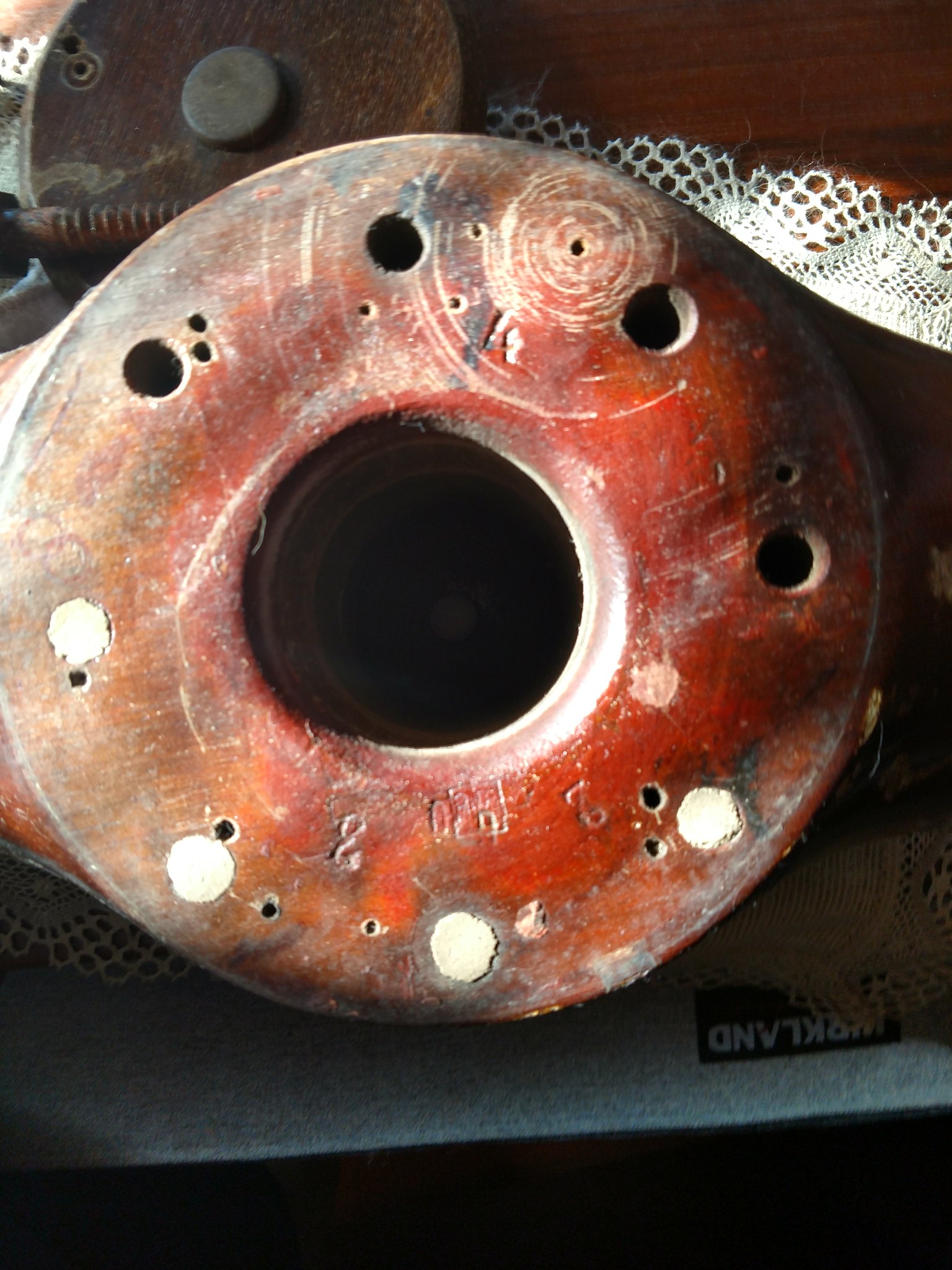

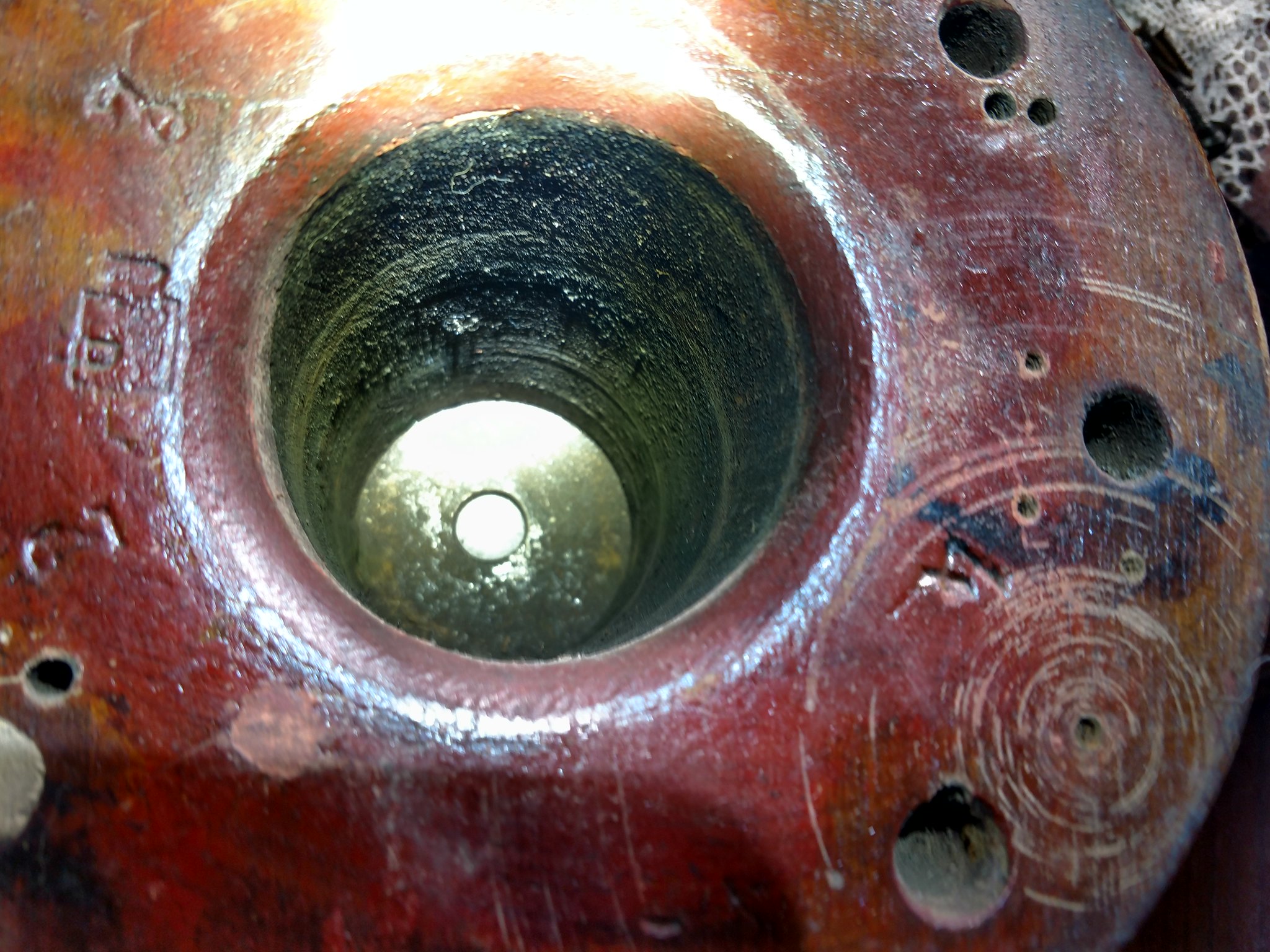
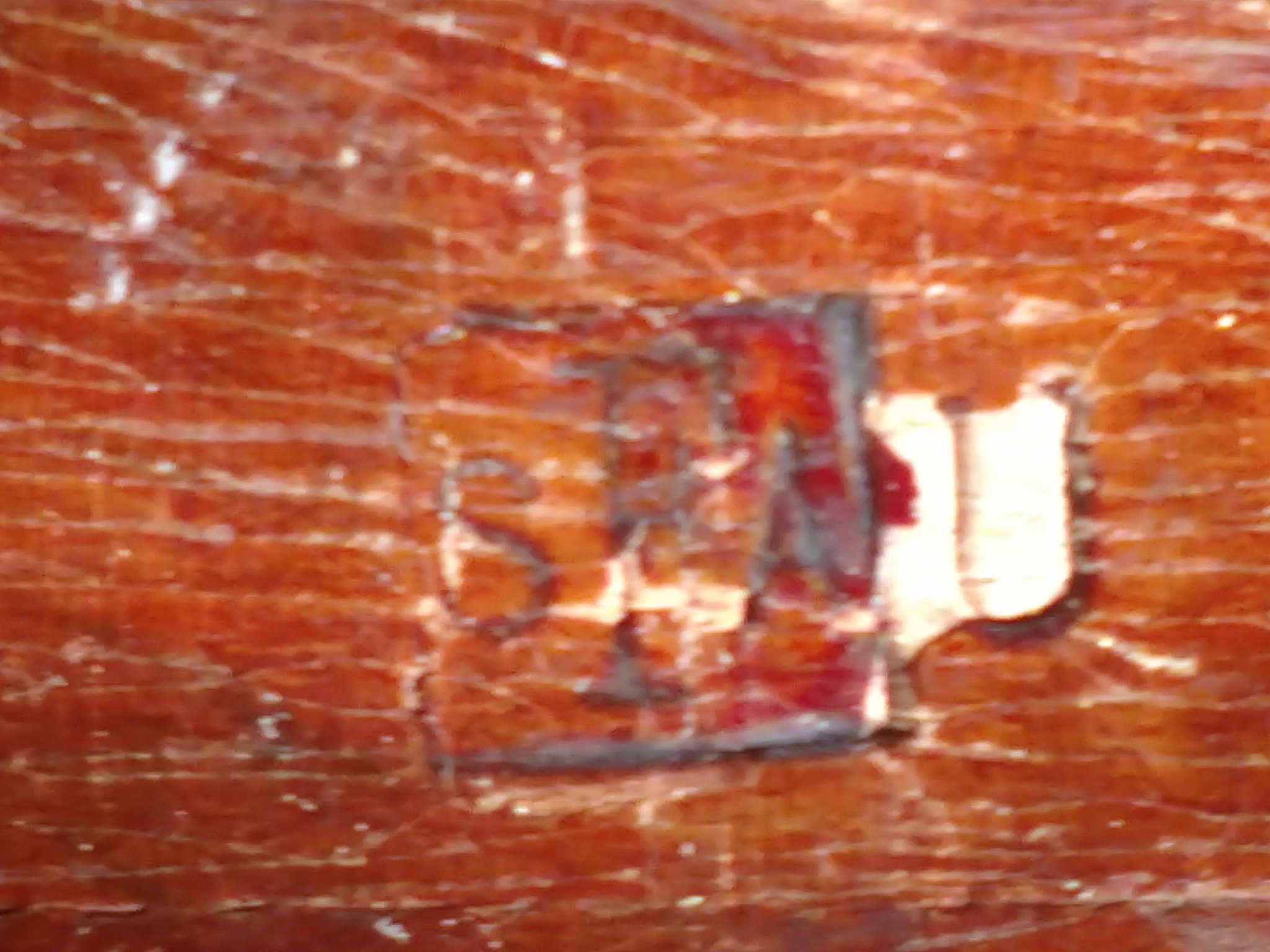


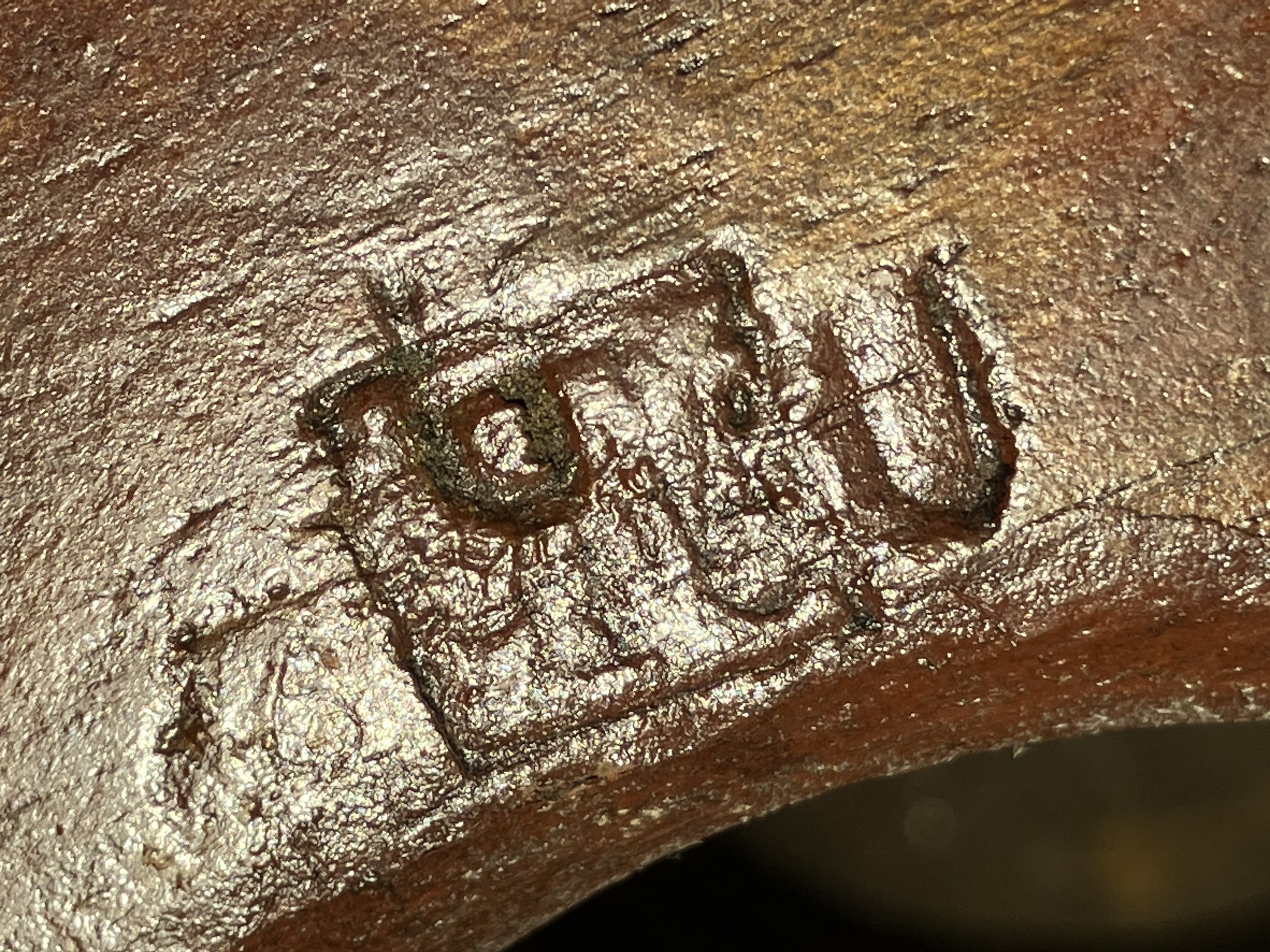

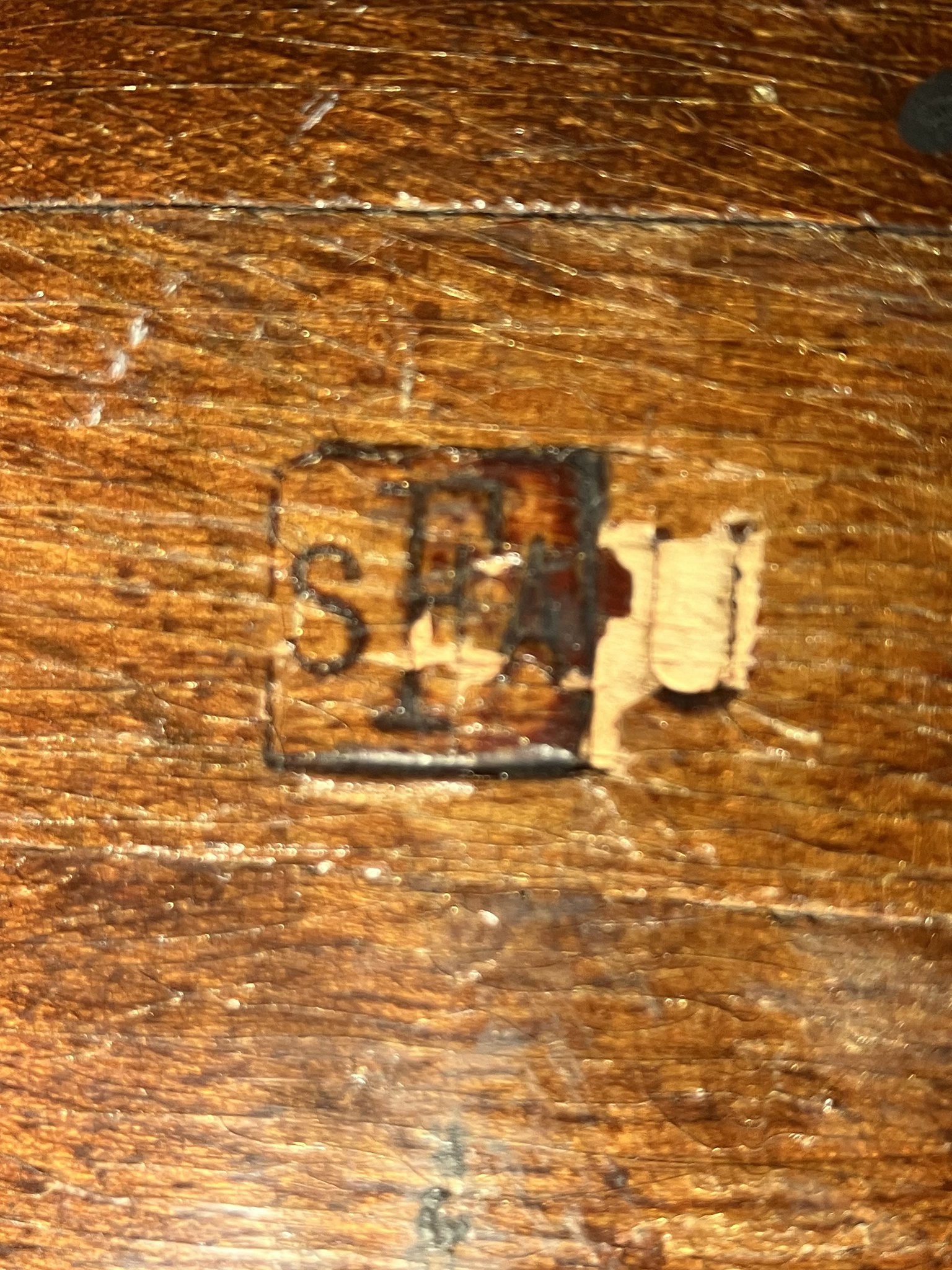


Comment